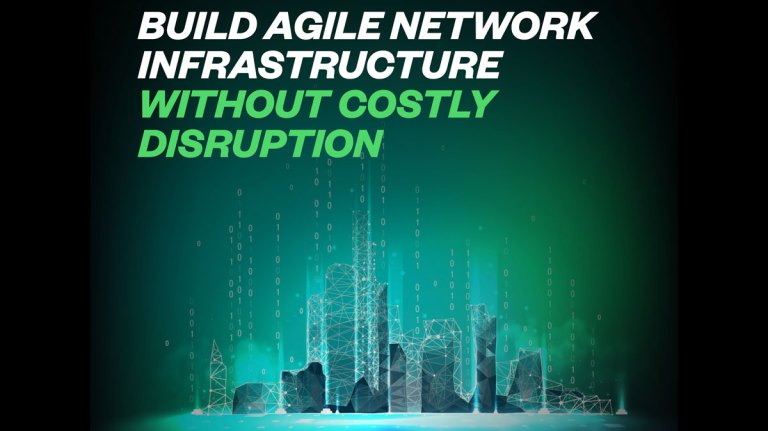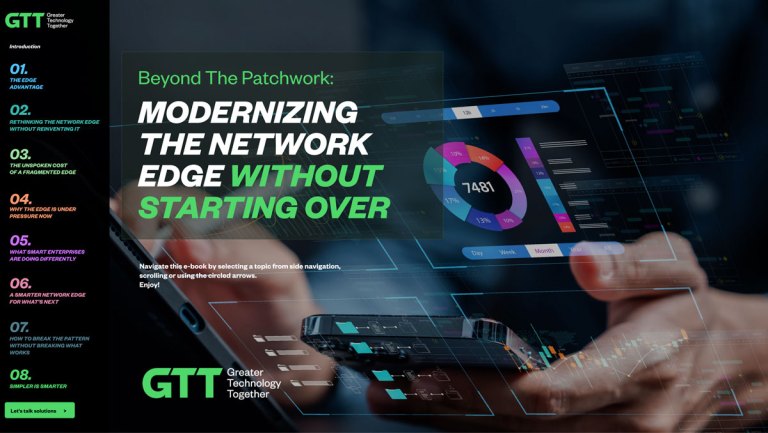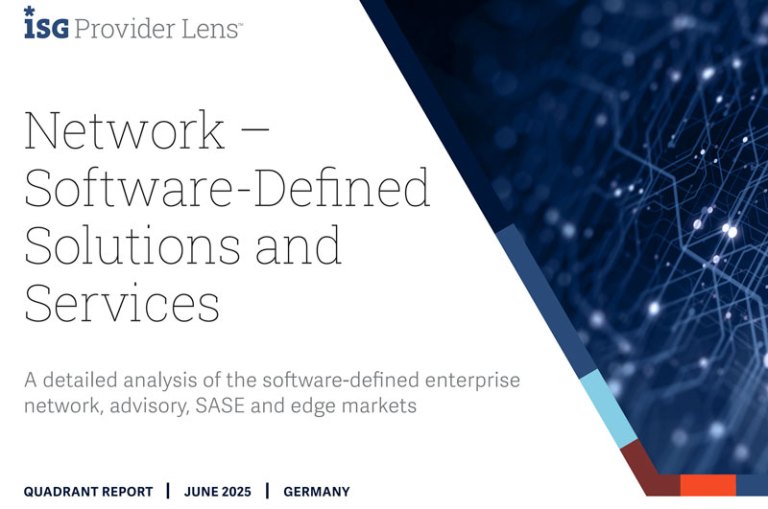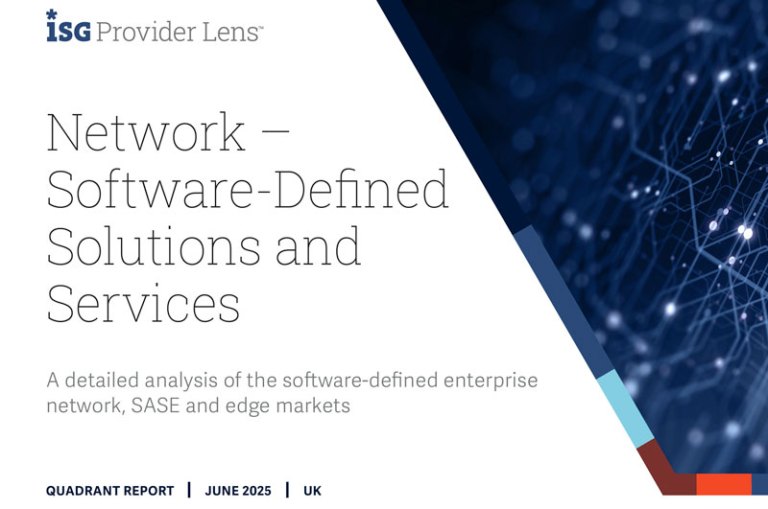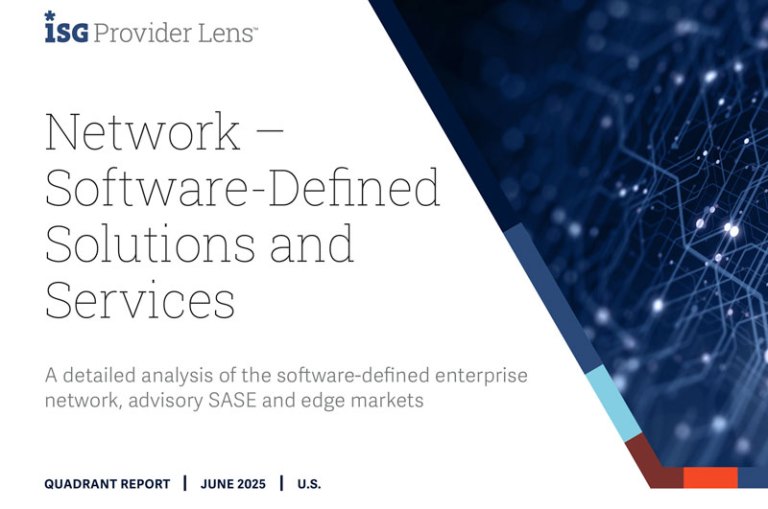Dedicated Internet Access (DIA) consists of an always-on, uncontended connection to the public internet, and is the most basic IP service available to enterprises. Businesses seeking DIA options can choose among a variety of internet service providers of different size and scale. The industry informally categorizes providers into tiers, with Tier 1 networks having the size, global reach, and traffic volumes to access the rest of the internet through settlement-free arrangements with their peers of equal size or value.
There are only a few Tier 1 internet service providers, including GTT, and their networks comprise the spine of the global internet. There are many other providers in Tiers 2 and 3, providing service on a regional or national level and filling out the scale and reach of the internet.
Let’s take a look at the key reasons why it makes both commercial and technical sense for global enterprises to use a Tier 1 provider for their DIA requirements across their global footprint. Before we go further though, it’s important to note that none of what follows means DIA at Tiers 2 and 3 isn’t valuable.
Tier 2 and 3 providers use Tier 1 networks to gain access to some portion of the global internet but also peer with each other, often to optimize performance of traffic exchanged between their downstream clients within a region. They can add value to smaller, regional enterprises with a traffic profile mix that favors local versus global destinations. For global enterprises, however, Tier 1 providers offer advantages that smaller competitors simply can’t match.

1. One-stop Traffic Shop
Companies that become clients of Tier 2 or 3 DIA providers may do so because they operate only in a single region or country, or perhaps in a small handful of countries. In many cases, this is an understandable choice. Although their choice doesn’t always translate to optimal internet performance, these companies do not have to face the headache of sourcing DIA for locations on a global scale. They have a few sites and a sourcing model that scales is not their primary concern.
However, any truly global enterprise – or any organization that has offices or facilities spread out over multiple continents – can’t procure DIA from a single regional Tier 2 provider. They would have to contract multiple providers to properly cover the bandwidth needs of each location in which they operate. It will be far simpler and a great deal more cost-effective for any global or otherwise broadly spread-out enterprise to deal directly with a Tier 1 company for their DIA needs.
2. Competitive Pricing Matters
A Tier 1 provider’s global footprint offers a distinct advantage when it comes to providing DIA services to a global enterprise across multiple regions because it allows the provider to sell in bulk. This makes purchasing from a Tier 1 surprisingly cost-effective. In addition, many enterprises prefer to source DIA bundled with other components of an end-to-end solution, such as SD-WAN. Most Tier 1 providers offer a greater breadth of services than their smaller counterparts, which allows their clients to consolidate vendors. These additional service options combined with global reach and bulk pricing give a clear edge to Tier 1s when serving global clients.
3. Bandwidth Pooling Across Sites
A Tier 1 provider can pool bandwidth across its clients’ disparate sites due to its global network footprint. This greatly benefits global enterprises, which no longer need to right-size every individual site’s bandwidth needs and procure a committed bandwidth per site. Instead, enterprises can define the bandwidth requirements on an aggregate level, across all locations, reducing the enterprise’s chances of paying for unused capacity at one location or paying for unpredicted extra capacity when bandwidth utilization unexpectedly spikes at another location. Not all Tier 1s offer this flexibility by default, but their global network footprint certainly enables them to do so for their global enterprise clients.
4. Greater Control of Traffic
Clients are looking for service providers that can guarantee direct, low latency access to their top destinations at the local and global level. Global Tier 1 providers have a significant percentage of the total number of destinations on their network, as shown in the analysis published by CAIDA. Although the size of a provider’s downstream customer cone does not show how traffic flows to reach a destination and does not necessarily correlate to network traffic volumes, Tier 1 providers are typically able to keep a considerable portion of their clients’ traffic on their network without handing it over to their peers. Controlling the traffic end-to-end translates to a better and more reliable experience for enterprise users. Tier 2s can quickly find themselves in unenviable positions where they must hand over traffic to Tier 1s, particularly for non-local traffic, losing control of their clients’ end-to-end experience.
5. Meaningful SLAs
Global Tier 1s reach a greater number of destinations directly and maintain greater control of their clients’ traffic, making their Service Level Agreements more meaningful and relevant to global DIA services. Essentially, SLAs for DIA services often incorporate performance targets that have little to do with overall performance. Metrics such as packet loss, latency and jitter are measured solely within a service provider’s network and get reported against the SLA, independent of whether the client’s traffic gets handed over to a different provider’s network for part of its journey. While it’s undeniably great to have a fully resilient, highly available and high capacity network, the end user’s experience is determined by the performance of the full chain of networks that traffic traverses to reach a destination.
Conclusion
Thanks to their unique strengths, global Tier 1 network providers are better qualified to meet the DIA needs of global enterprises. On top of being a one-stop shop for their clients, the scale of their networks allows them to offer better control of client traffic end-to-end, more flexibility in billing options and competitive pricing.
About GTT
GTT connects people across organizations, around the world and to every application in the cloud. Our clients benefit from an outstanding service experience built on our core values of simplicity, speed and agility. GTT owns and operates a global Tier 1 internet network and provides a comprehensive suite of cloud networking services. We also offer a complementary portfolio of managed services, including Dedicated Internet.



